One of the most mysterious places in San Jose, California is the 5-acre Rosicrucian Park—created by Harvey Spencer Lewis, president of the American outpost of the Ancient Mystical Order Rosae Crucis (AMORC).
The Rosicrucian movement had gotten a following in 17th-century Europe but had declined in the 18th century, perhaps with the dawn of Enlightenment.
But then as occultism experienced a revival in the 18th century, so did Rosicrucianism—but only in Europe.
H. Spencer Lewis set out to spread the teachings of European Rosicrucians across the pond, here in this country. And Rosicrucian Park became ground zero for its lessons, rituals, and library holdings.
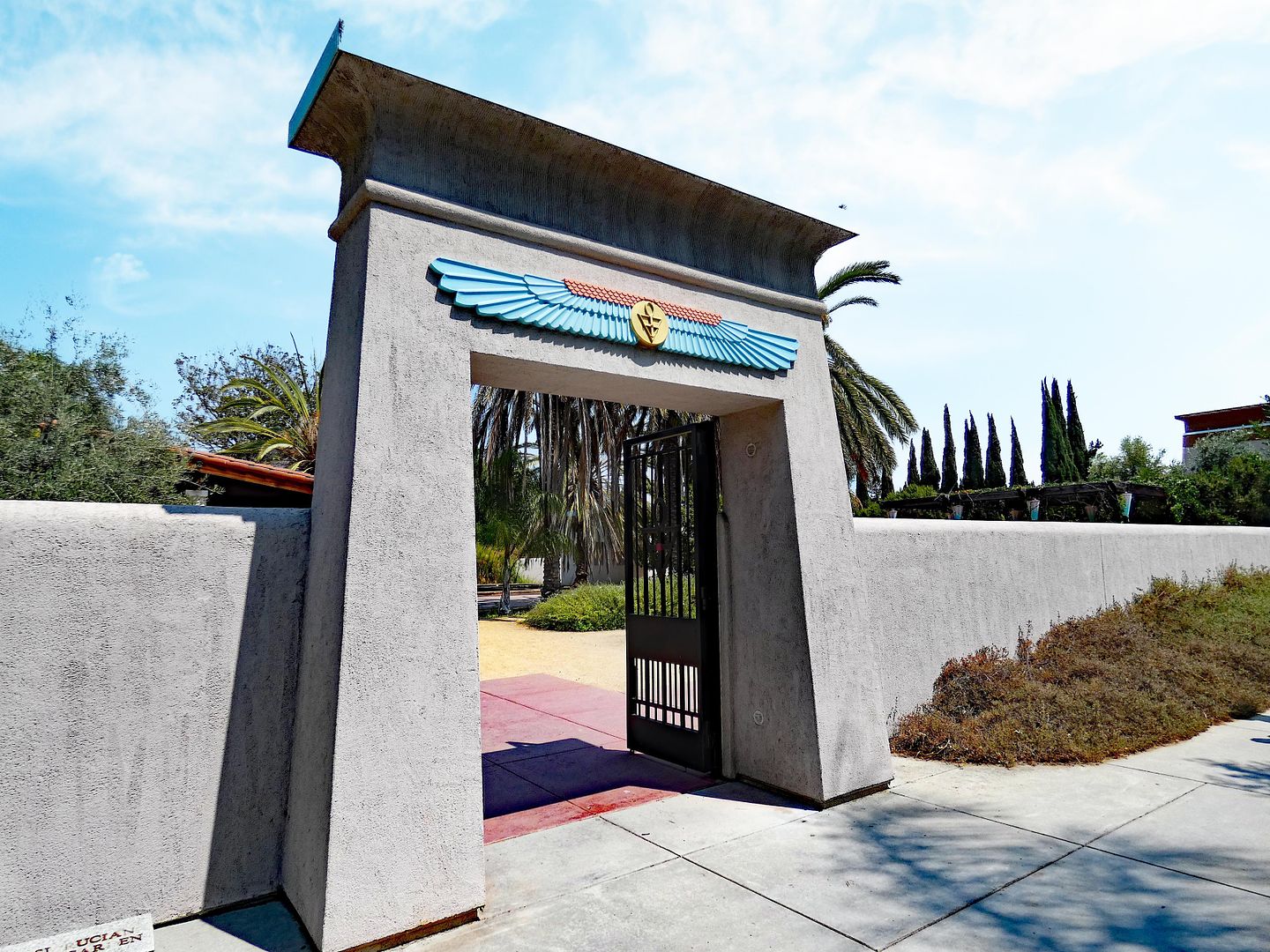
Upon entering Rosicrucian Park's Peace Garden, you're confronted not only with the architectural style of ancient Egypt, a source of great fascination for the Rosicrucians (and is considered the cradle of Rosicrucian wisdom)...
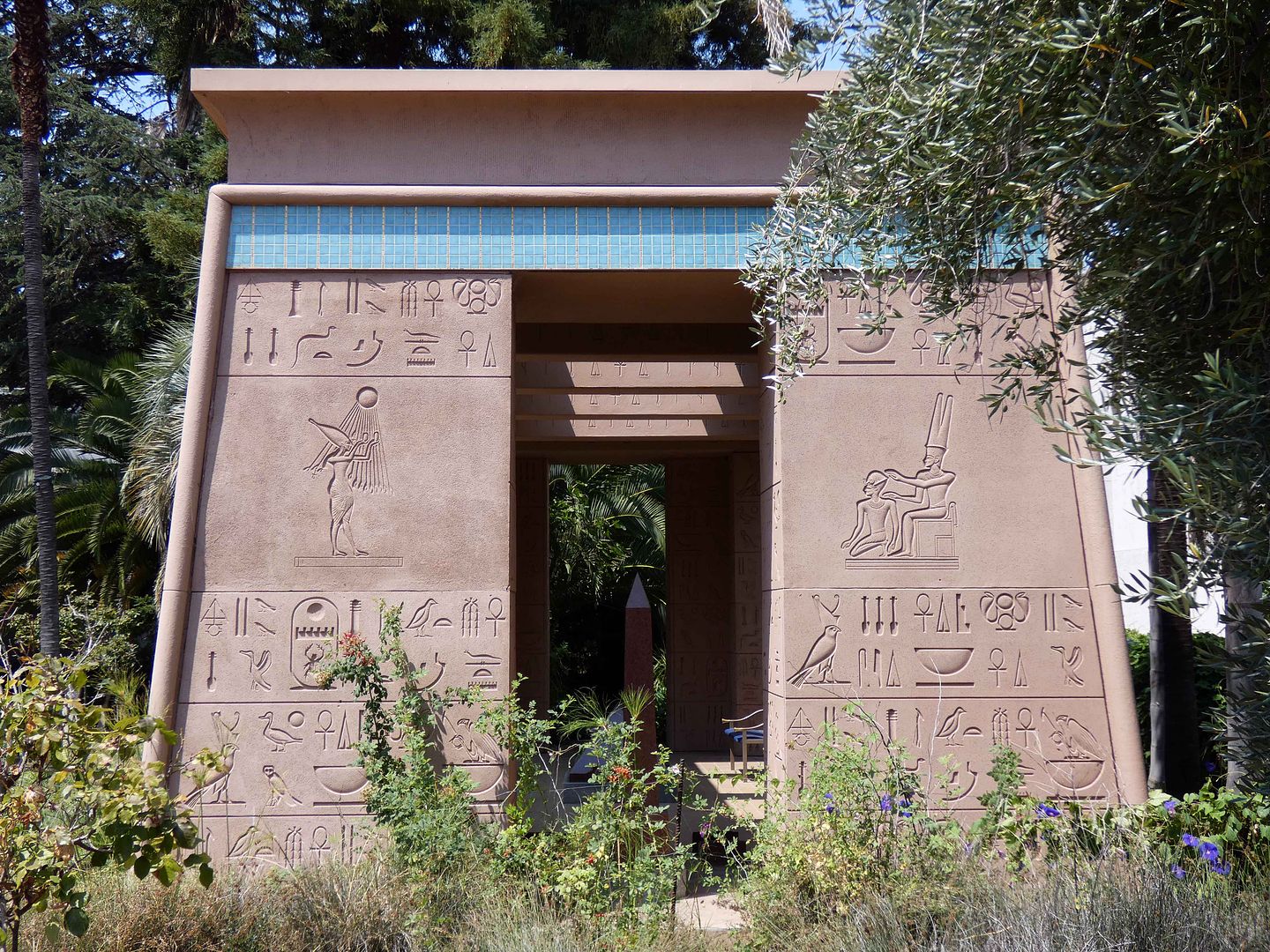 Akhenaten Shrine
Akhenaten Shrine...but also art created by a Swiss Rosicrucian named Erwin Winterhalder.
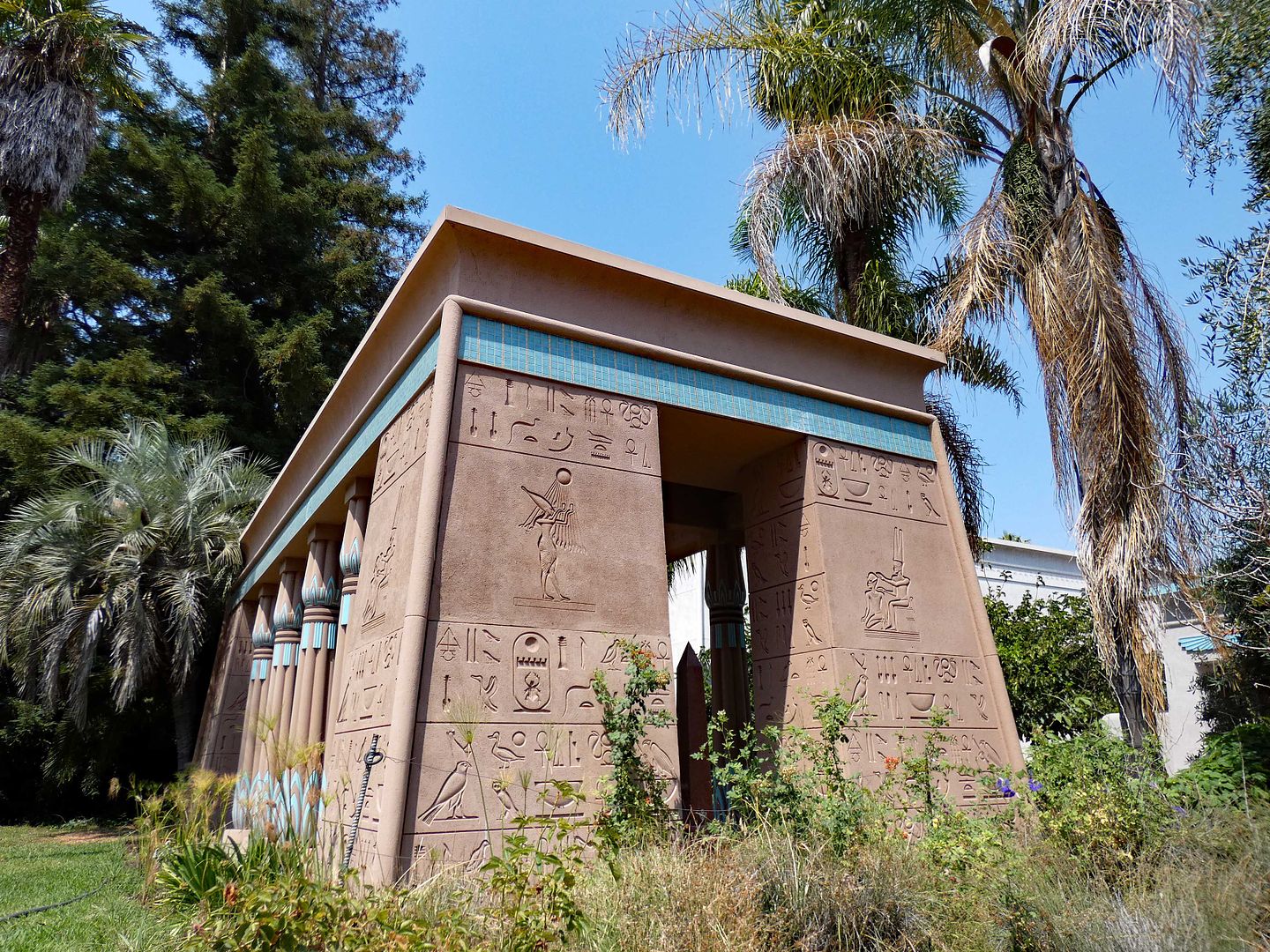 Akhenaten Shrine
Akhenaten ShrineThe park itself is open to the public for exploration, though the uninitiated won't find out much about the Rosicrucian Order (or, the Order of the "Rose Cross," a symbol that pre-dates Christianity)...
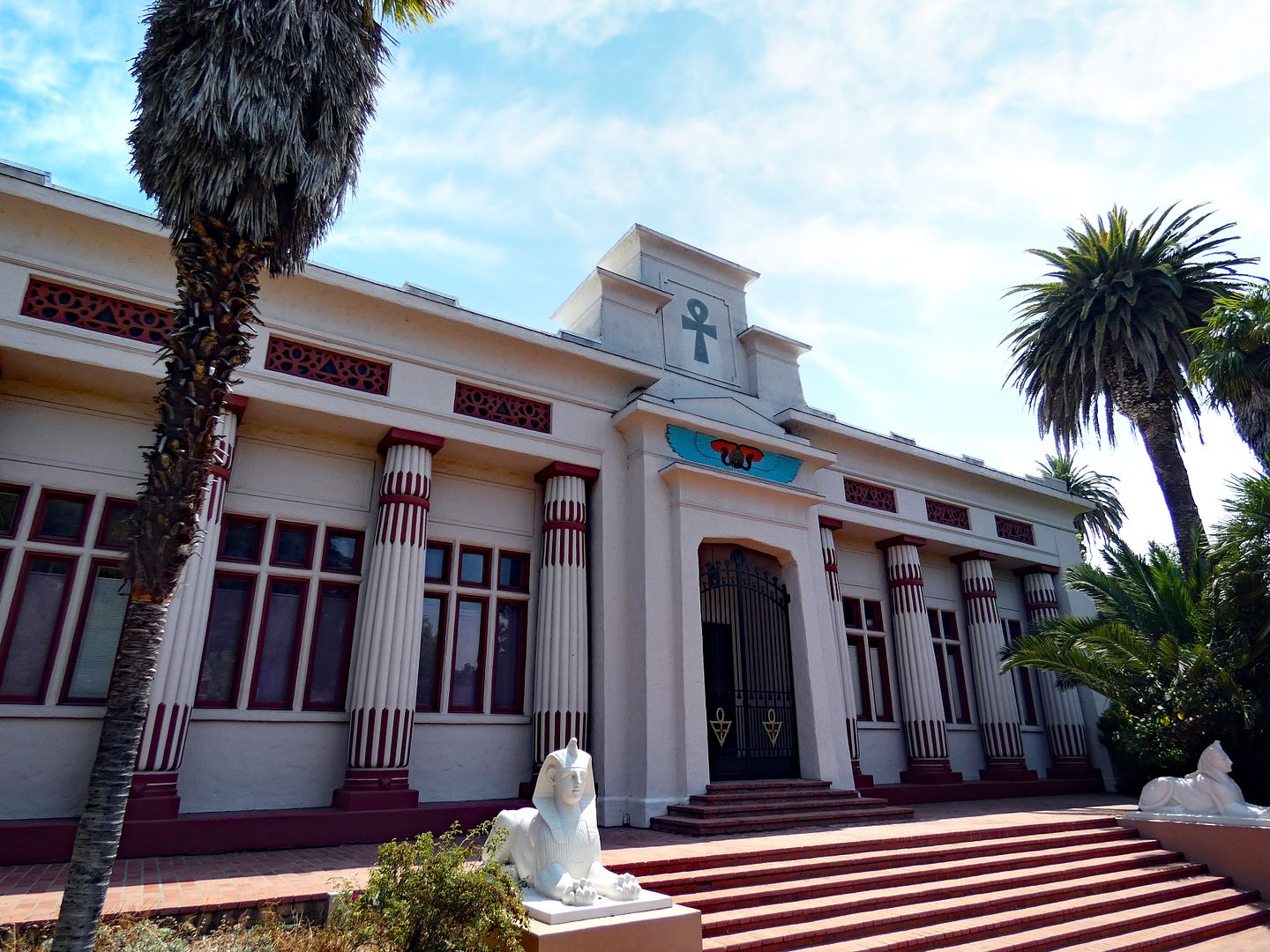
...or its supposed founder, Christian Rosenkreuz (a.k.a. "Father Brother C.R.C." or "our Christian Father"), who may or may not have actually existed in Medieval-era Germany.
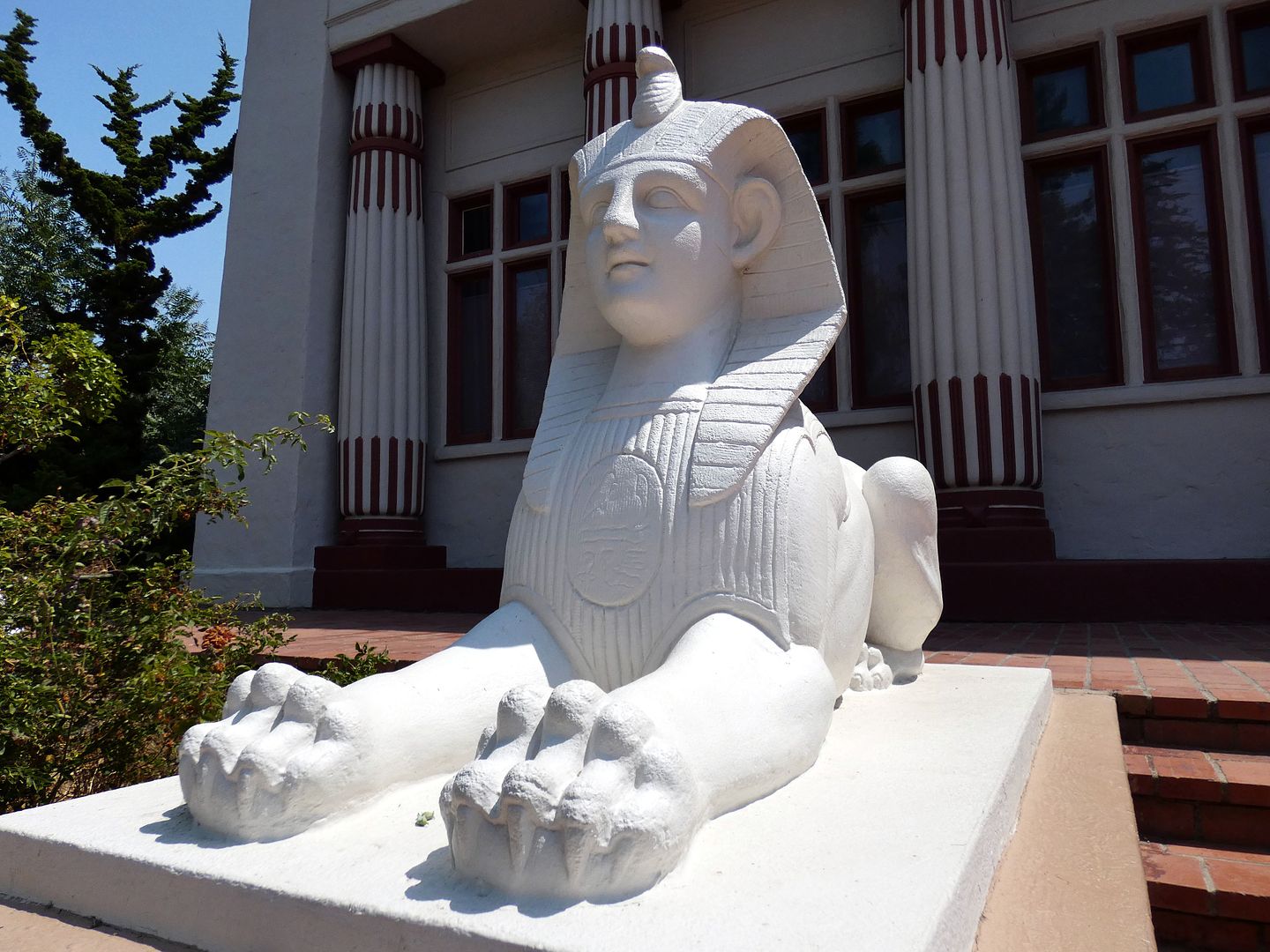
But the park is where the Rosicrucian Order is headquartered in the East Bay area (having been relocated from New York City by Lewis in 1927)...

...and where its secret wisdom of mystical laws and principles and the "sacred sciences" has given rise to such areas as the Alchemy Garden, created in honor of the art of transmutation (both physical and spiritual, perhaps moving towards moral perfection).
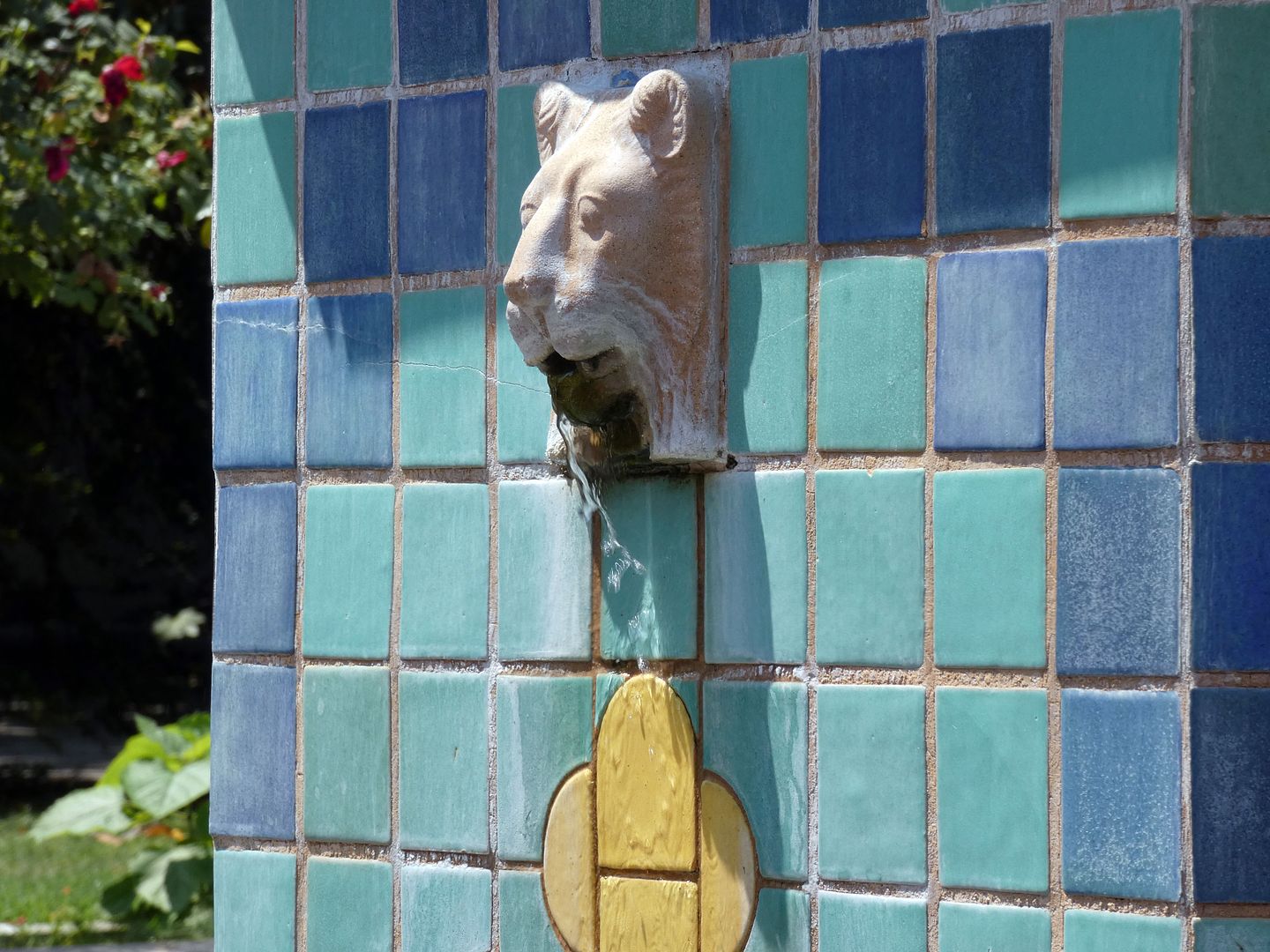
Think of it as a physical and architectural manifestation of the metaphysical...

...where ancient philosophers like Pythagoras are revered.

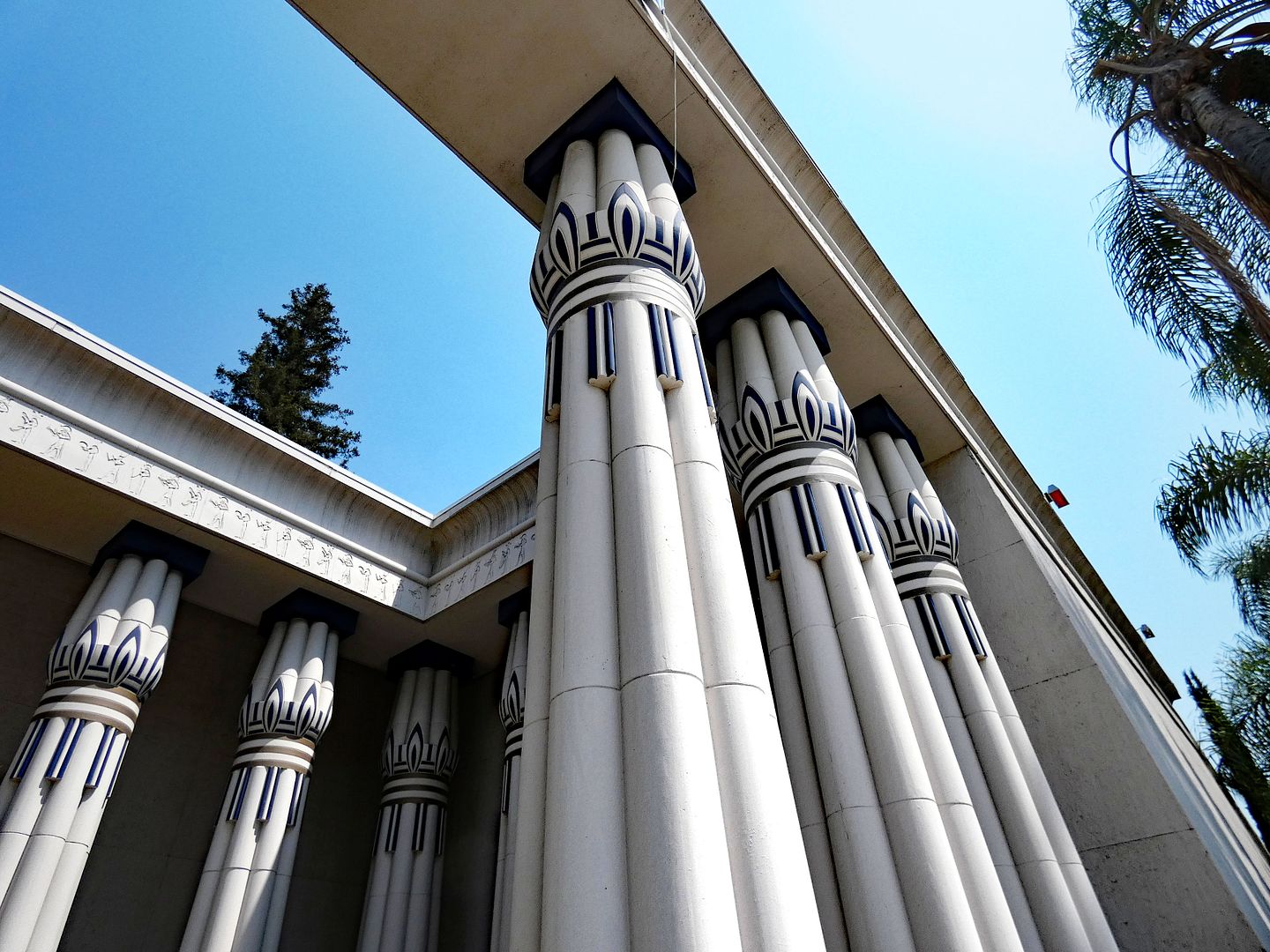
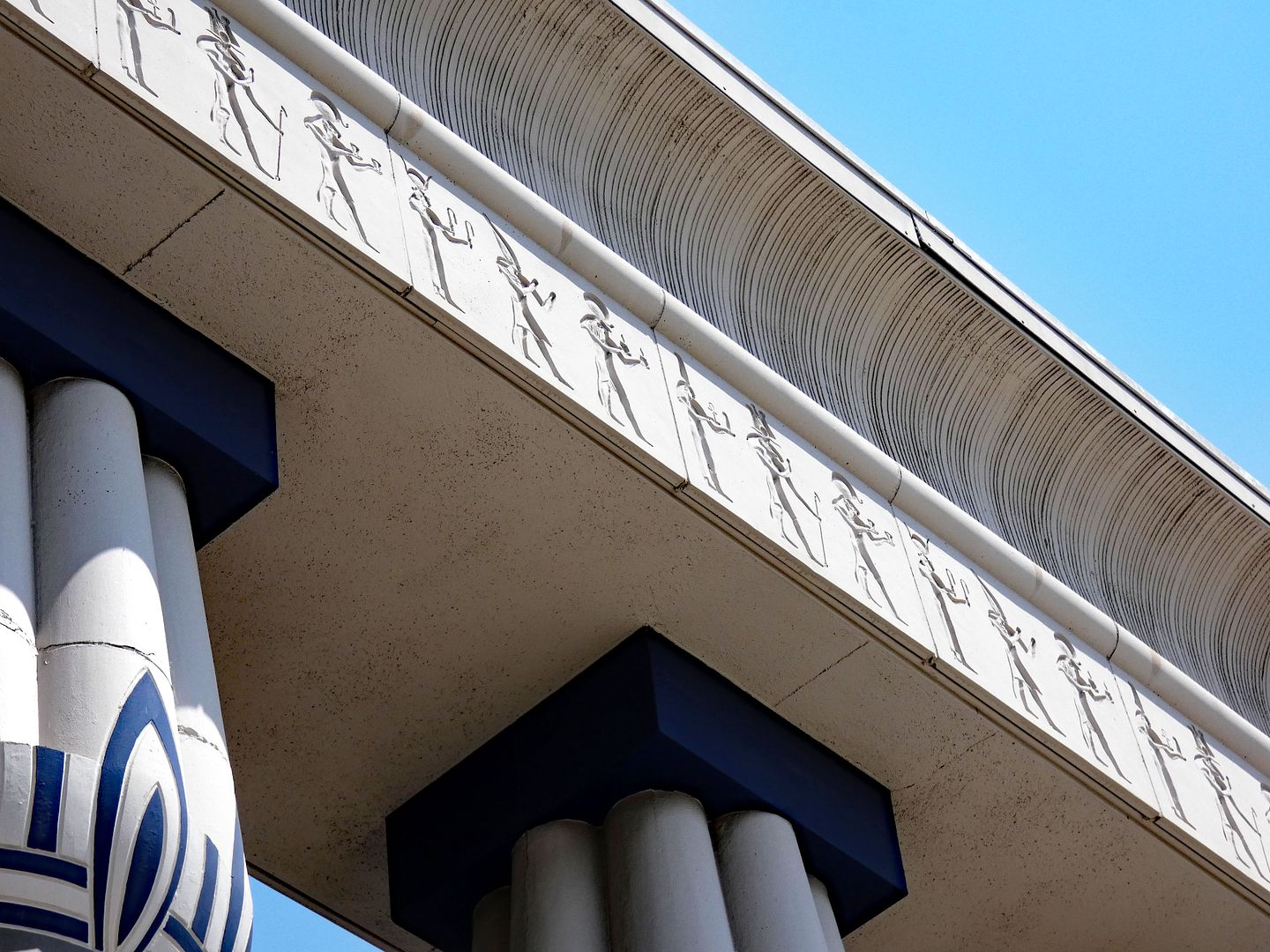
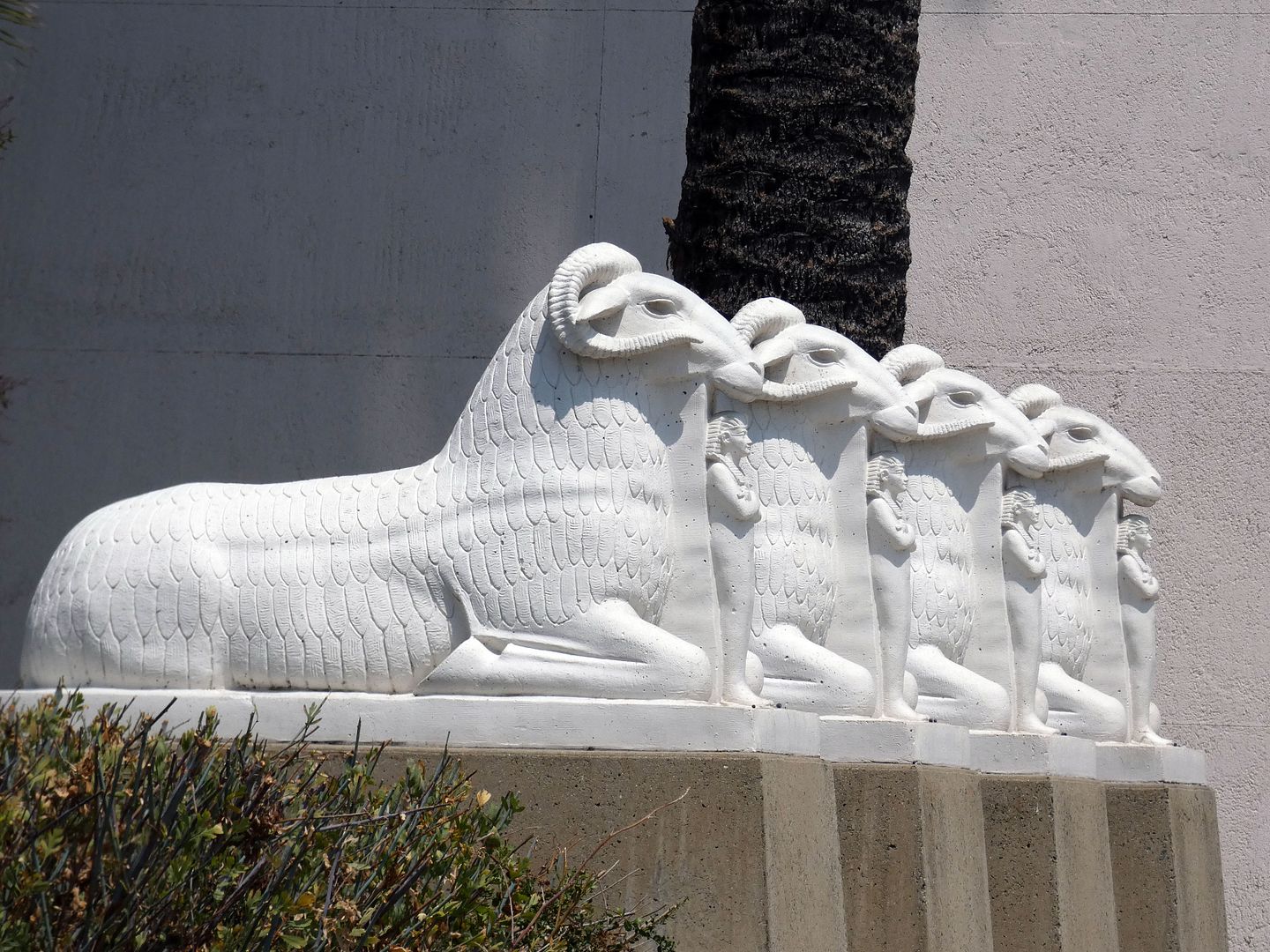
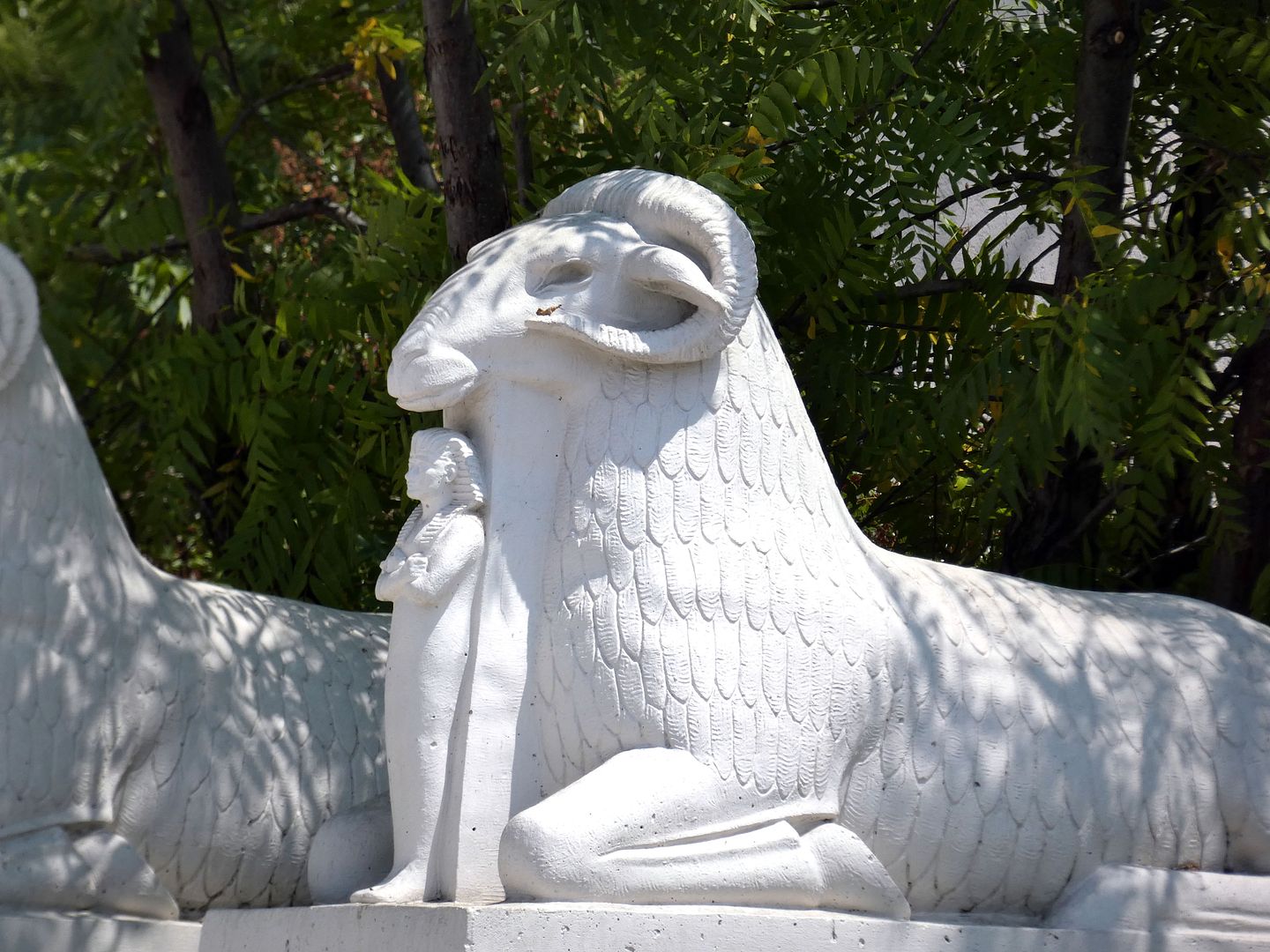
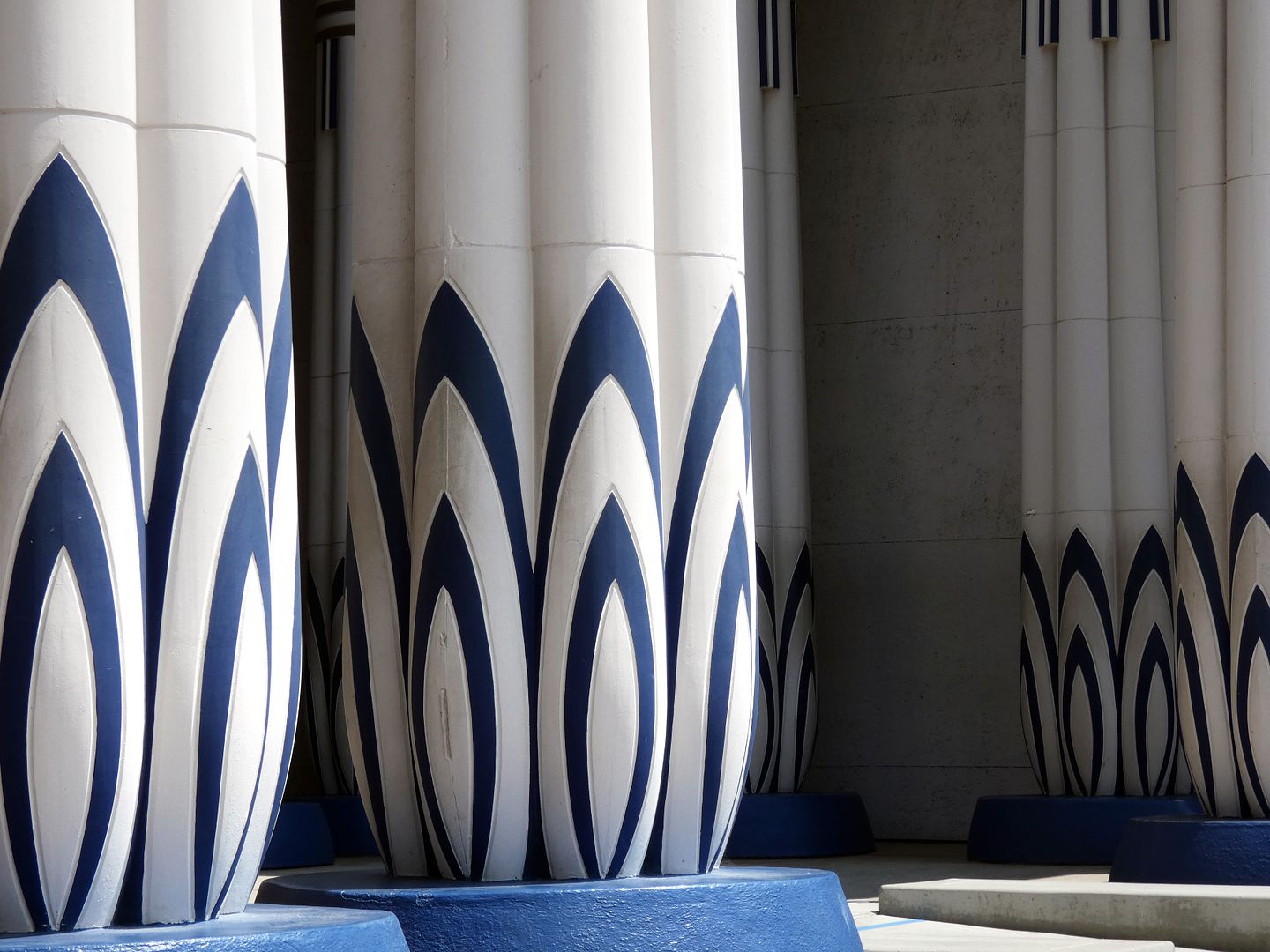
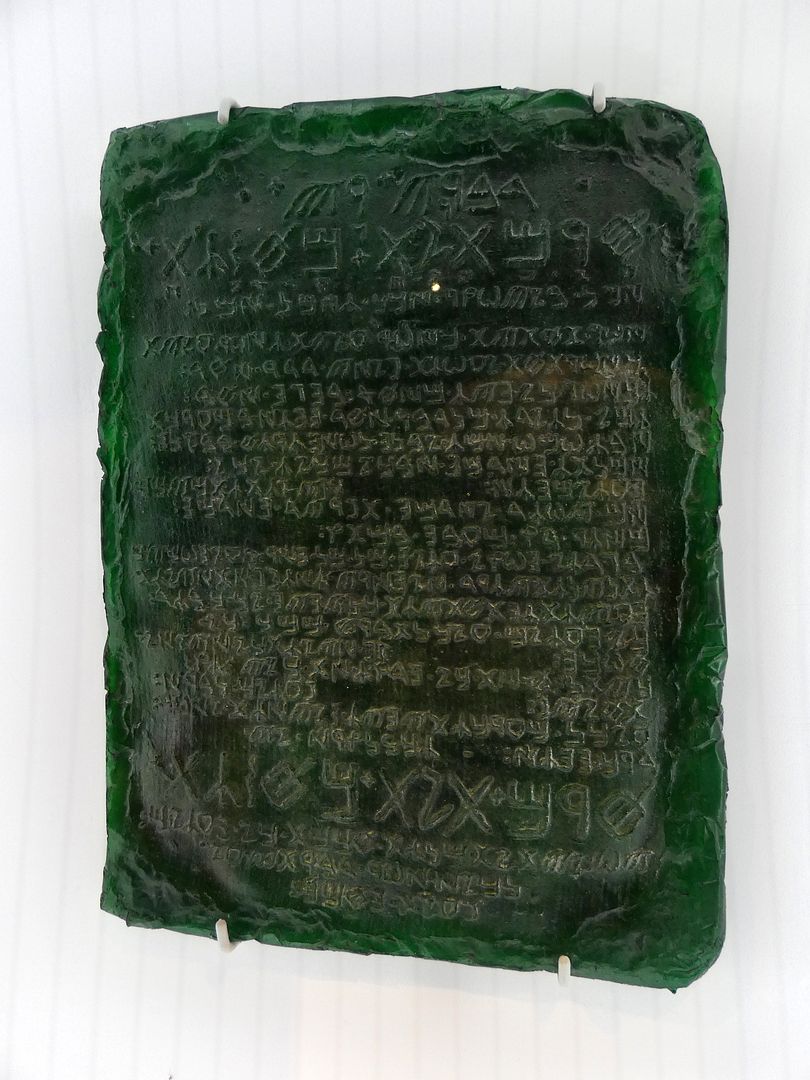
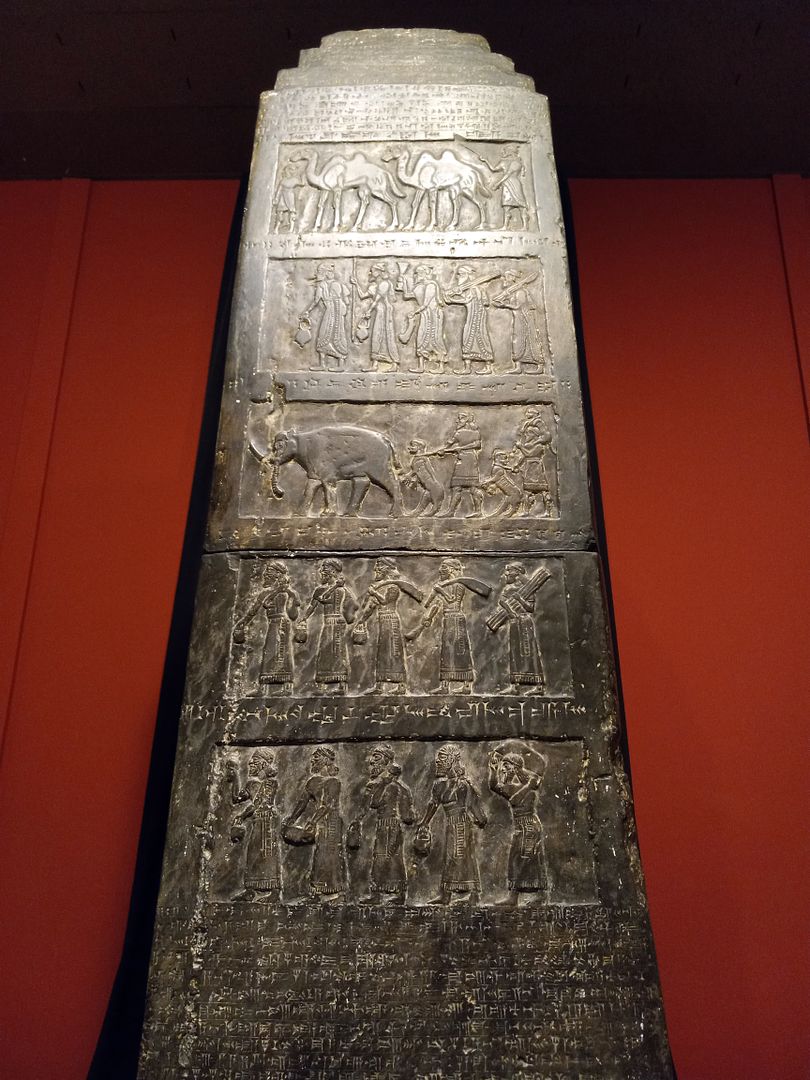
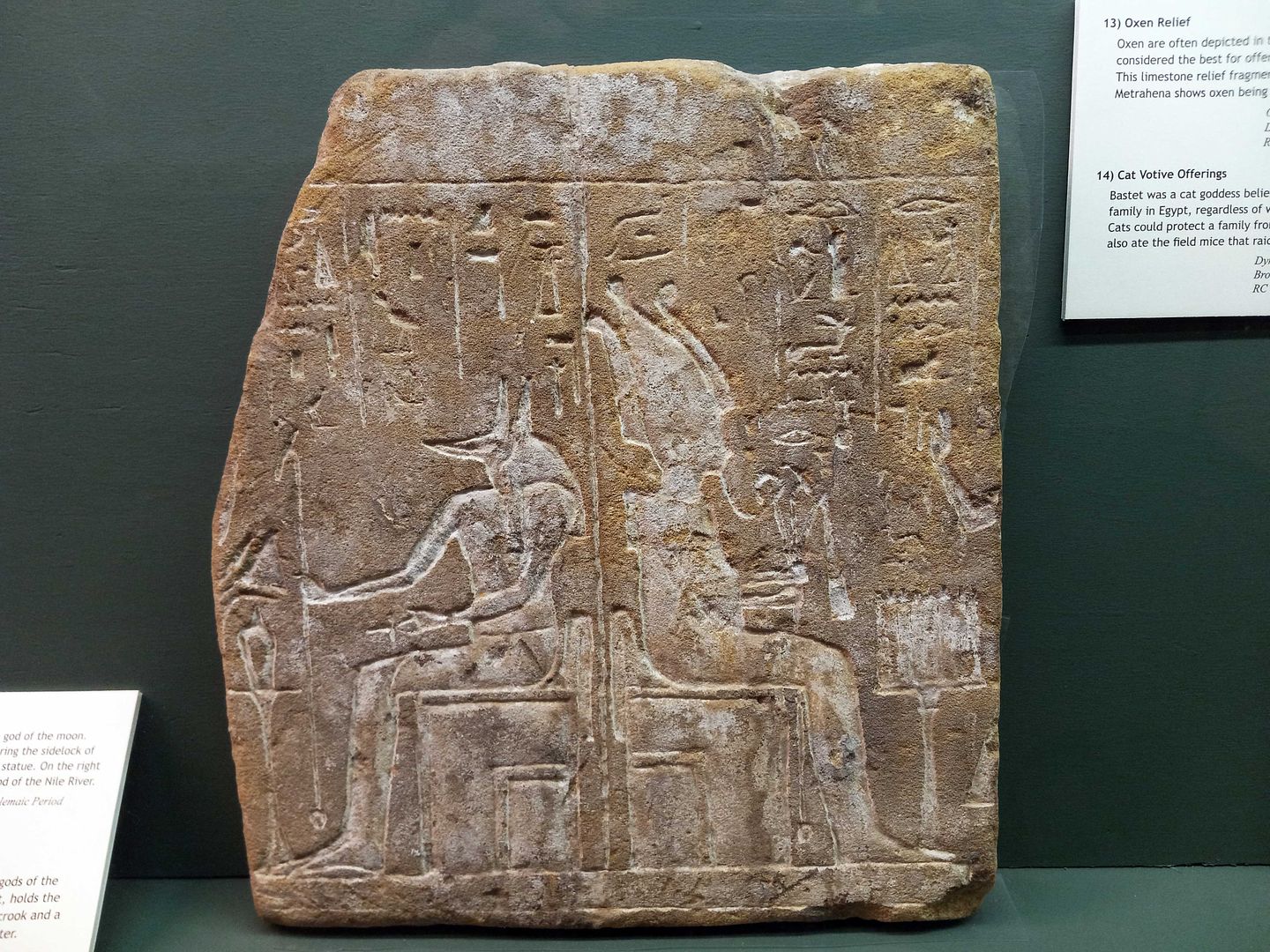
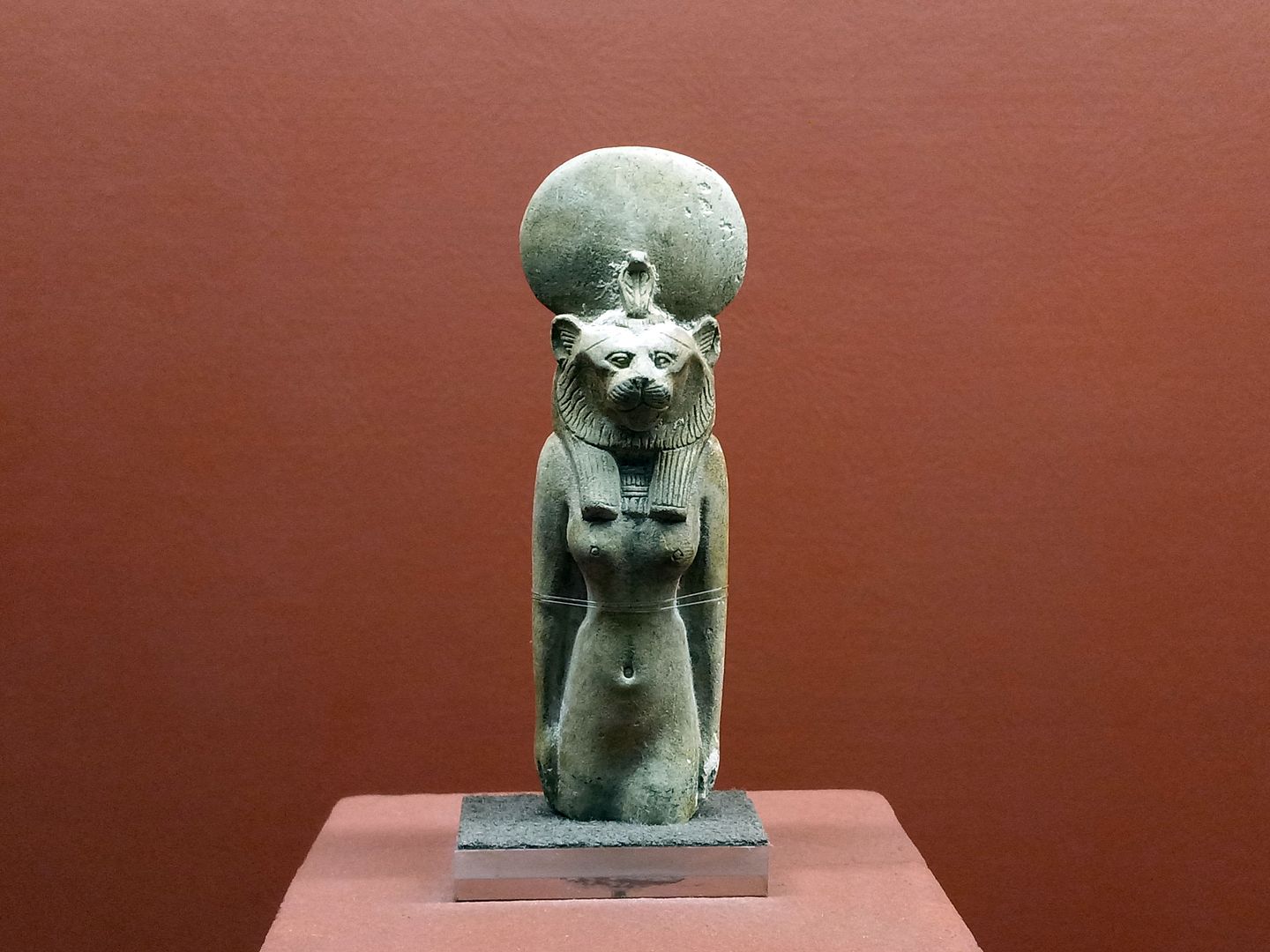
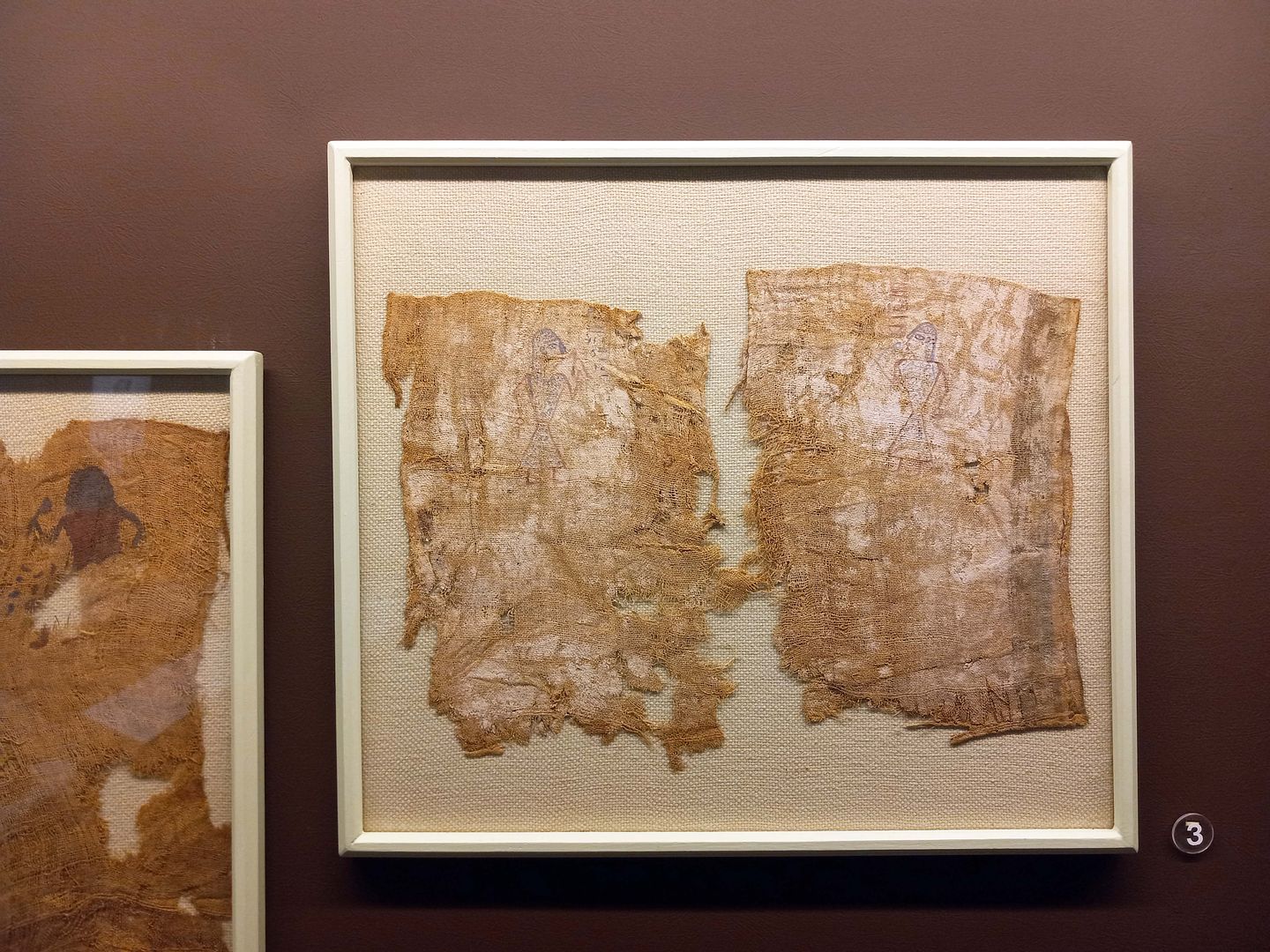

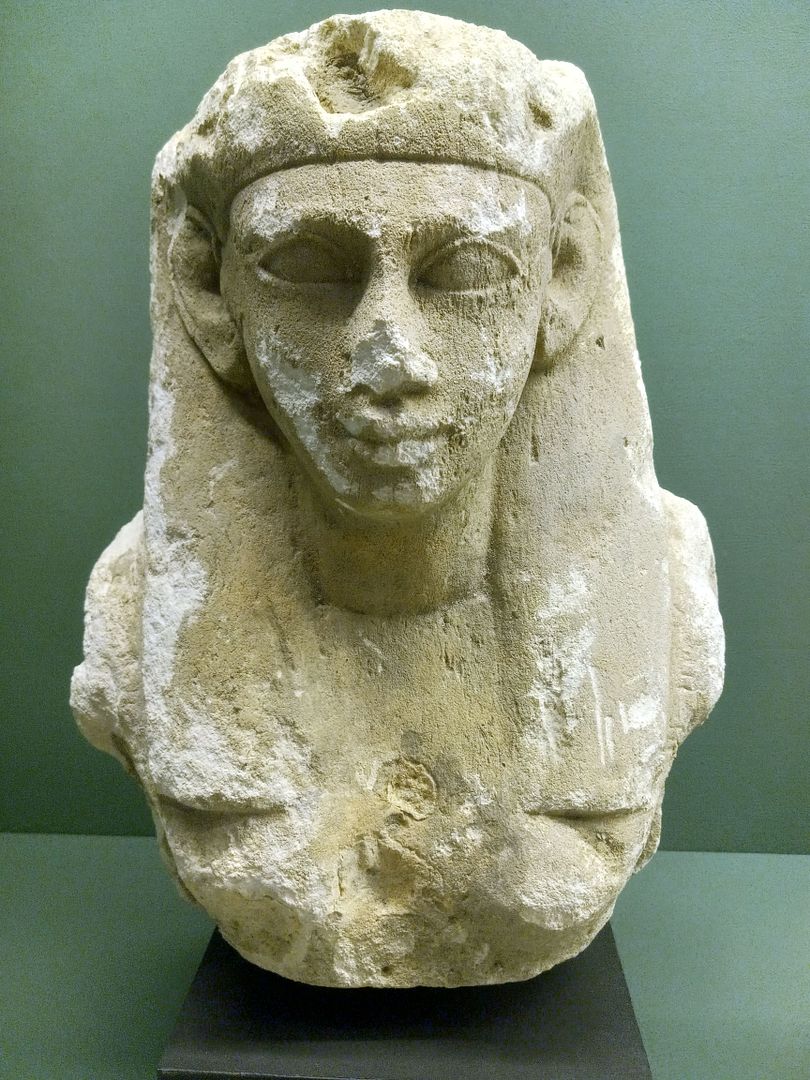

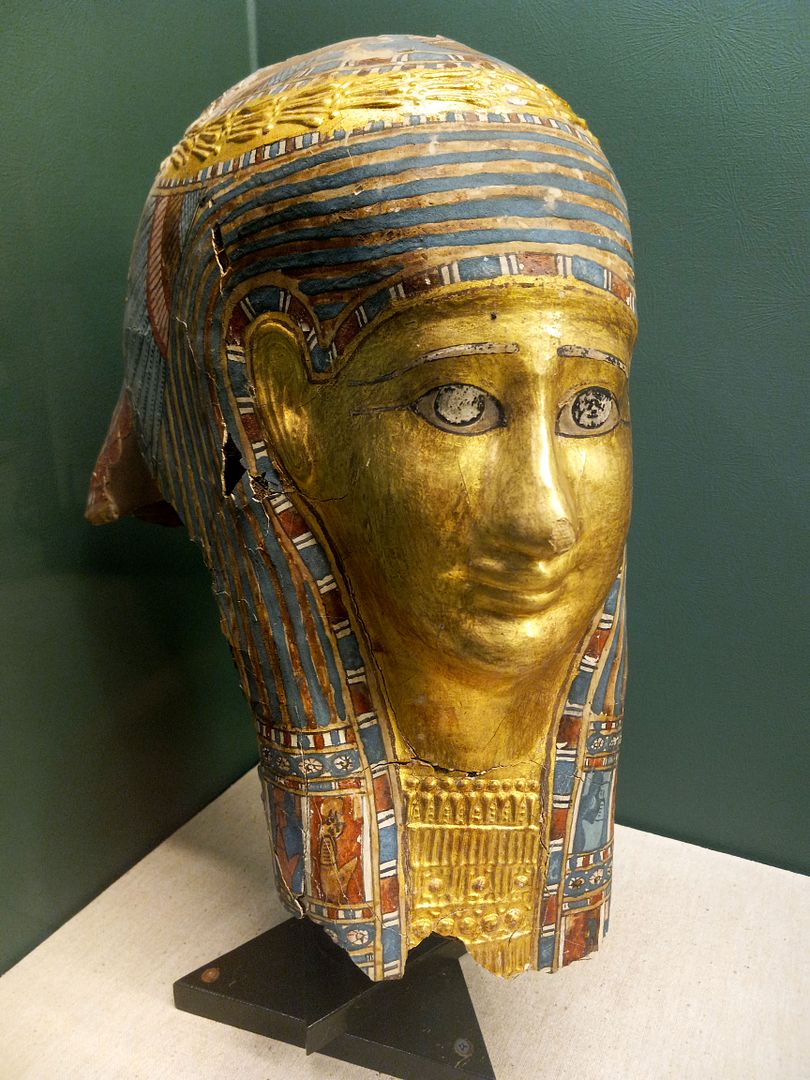
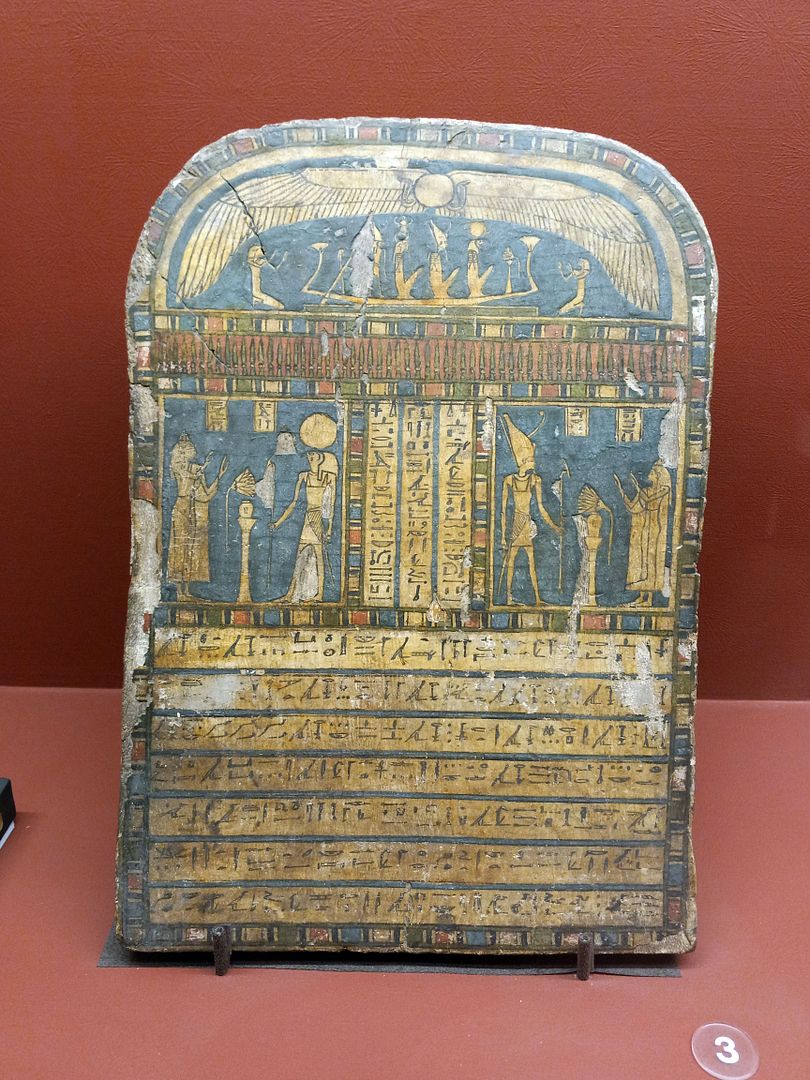
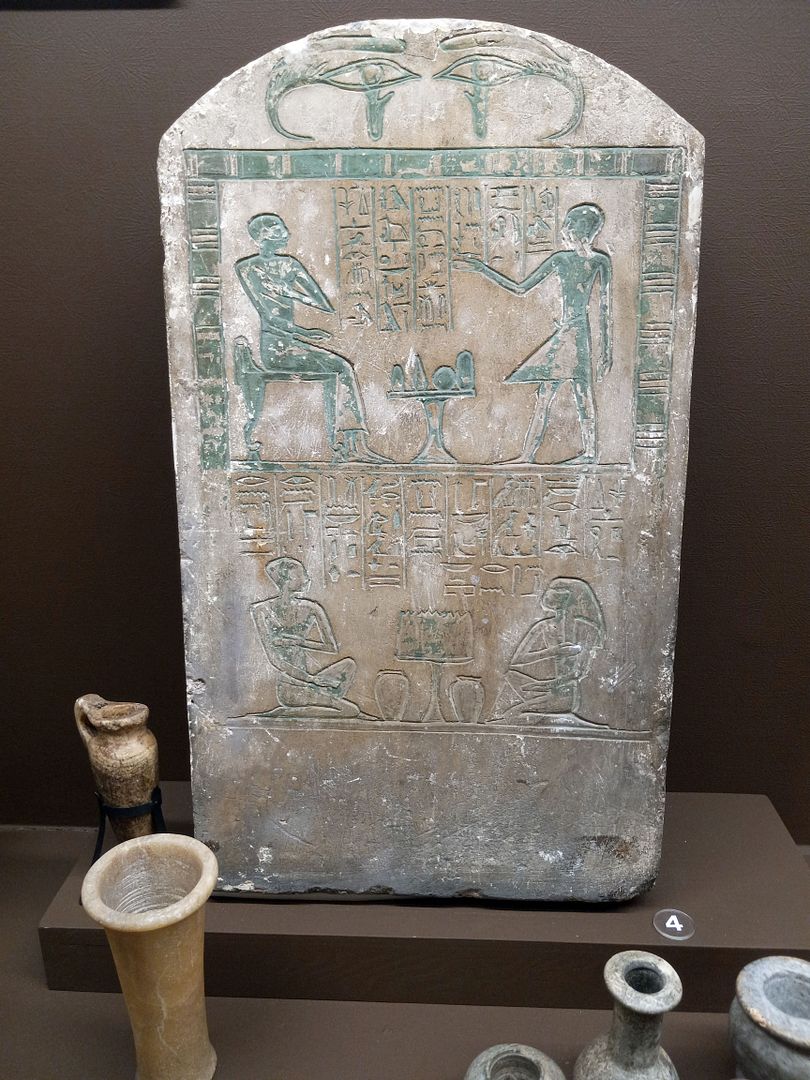
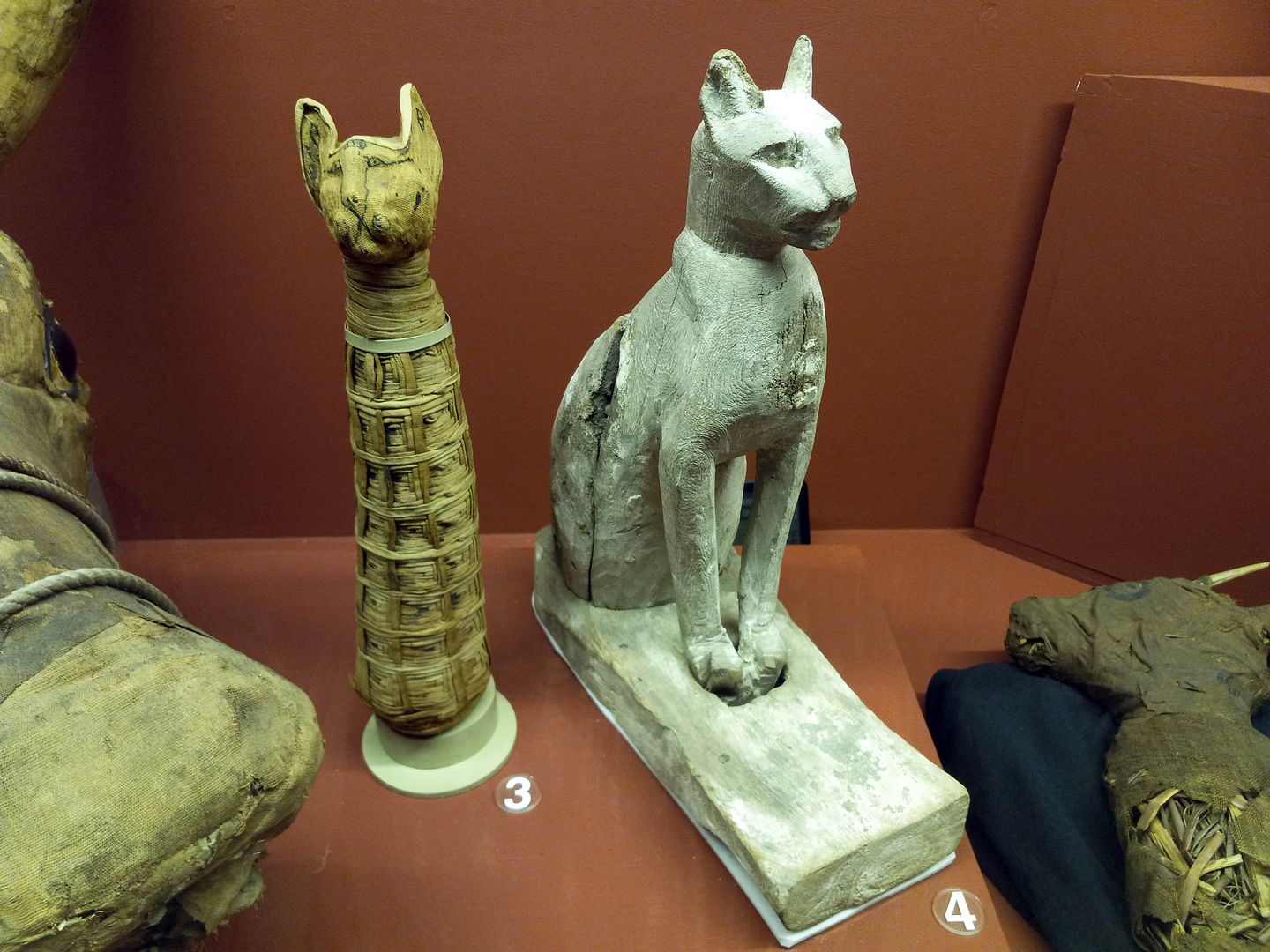
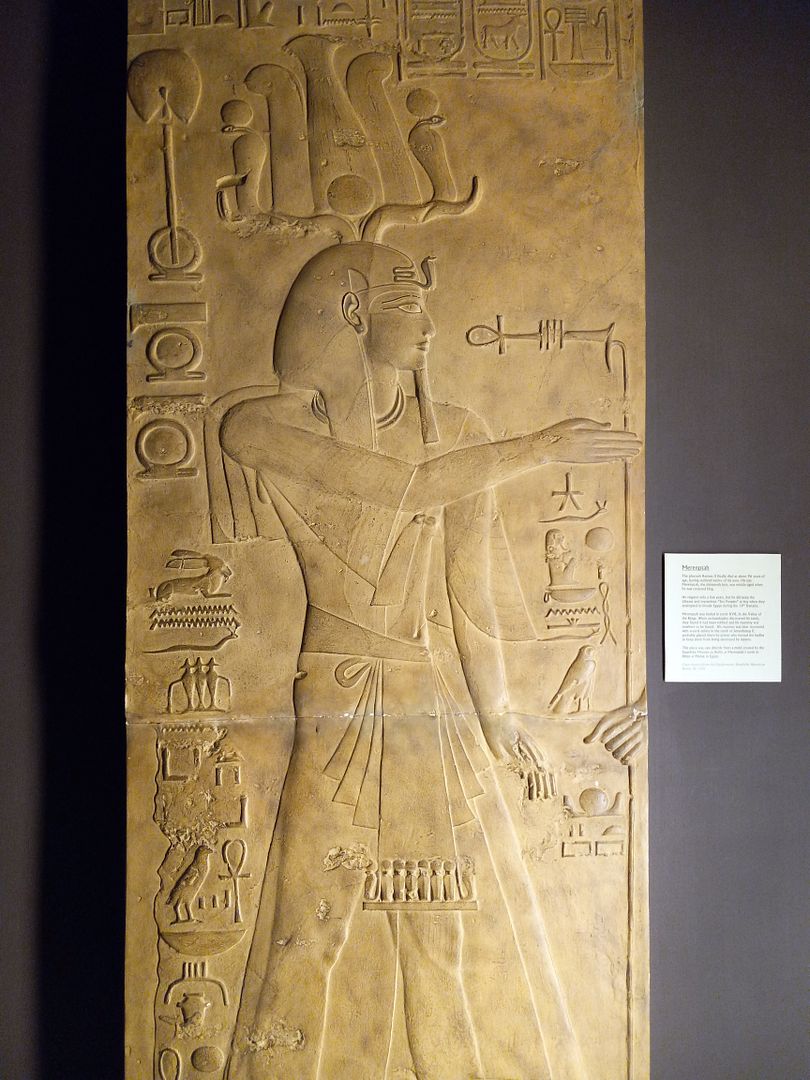
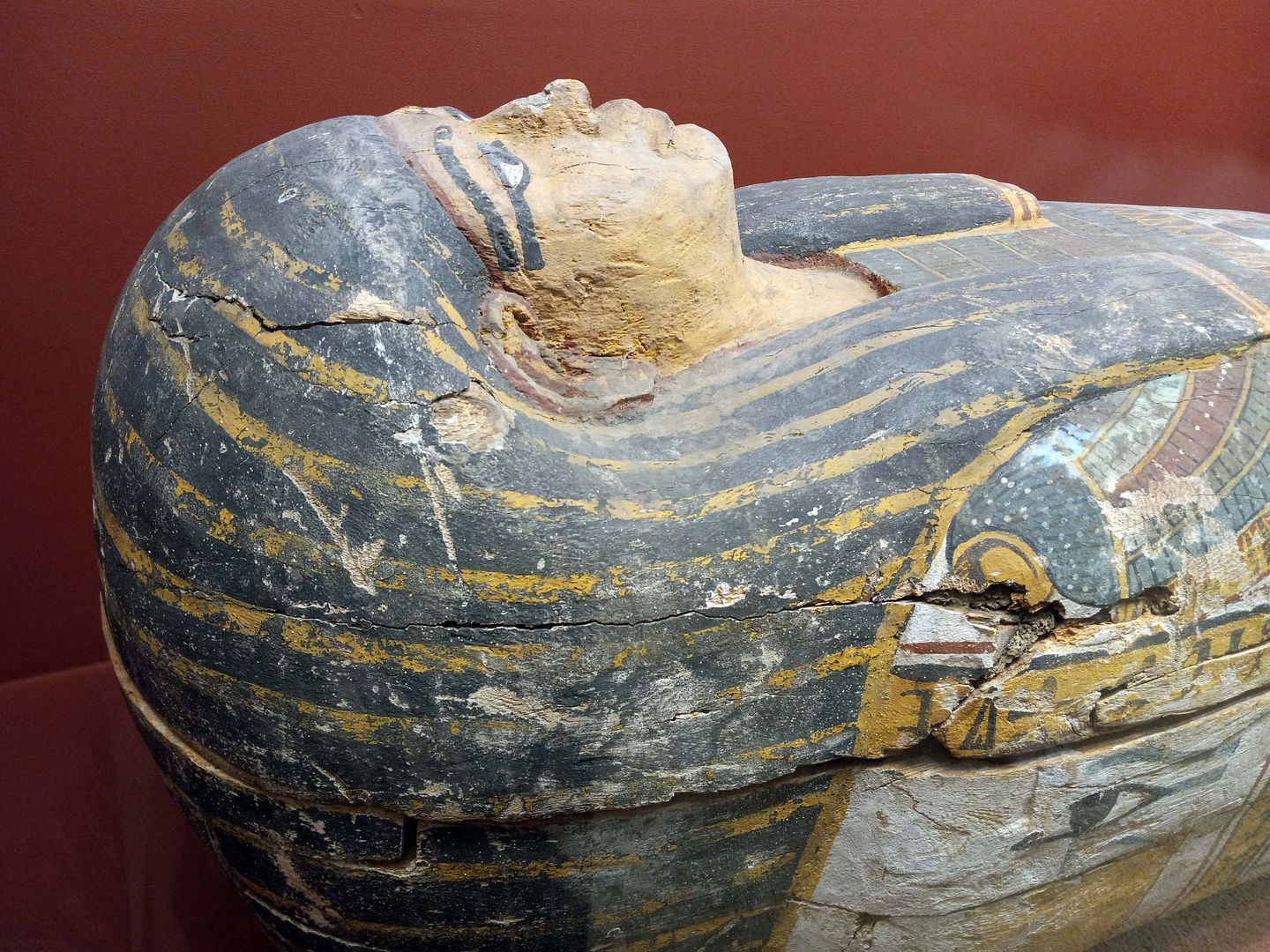

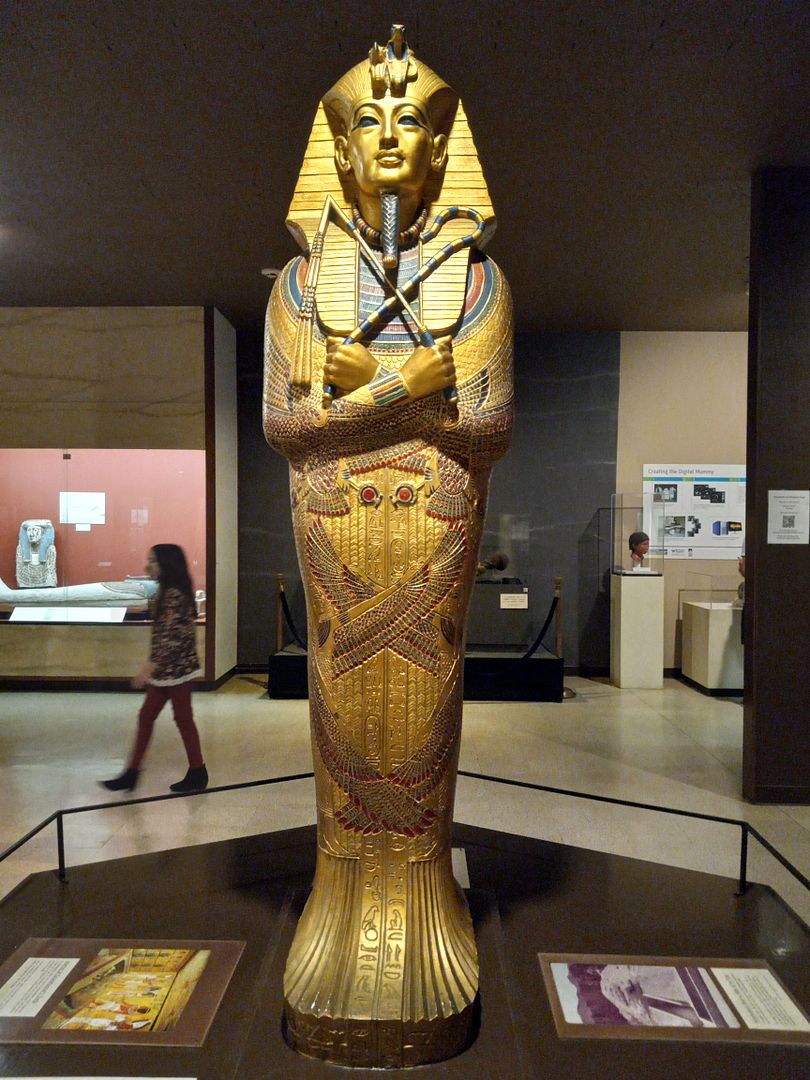


If that's all a little too esoteric, there's a museum in the park with incredible artifacts that tell a more traditional, historical story in chronological order.

The Rosicrucian Museum itself was also founded by AMORC in the 1928, during the height of Egyptomania (as a result of the discovery of King Tut's tomb in 1922).

Its current home—built in 1966 with an Egyptian Revival architectural design inspired by the Great Temple of Amon at Karnak in Luxor, Egypt—is still run and maintained by the Rosicrucian Order.

It's where you'll find the largest collection of ancient Egyptian antiquities in the Western U.S.

Much of it was taken by Rosicrucians on expeditions to Egypt—or Rosicrucian-funded Egyptian expeditions by such groups as Egypt Explorations Society of Boston—especially at such archaeological excavation sites as Akhetaten (Tel el Amarna).

It also houses the first-ever Egyptian Alchemy Museum, since 2015.

That's where you'll find the Emerald Tablet—which is where many academics have traced the origins of modern science and spiritualism back to the ancient practice of Egyptian alchemy. Ancient alchemists believed the green tablet held the secrets to ancient wisdom.

The museum's Daily Life exhibit includes a cast of an obelisk erected by King Shalmaneser III of Assyria in 824 BCE—from the British Museum, where the original stands.

Also in its massive collection are relief sculptures, cat votives, Osiris statuettes...

...various representations of the goddess Sekhmet (including the ceramic amulet, above)...

...fragments of amuletic linen shirts...

...and a reproduction of the statue of Pharaoh Khafre, wearing a headcloth and false beard, whose original is located at the Egyptian Museum in Cairo.

There's also the limestone bust of the Ptolemaic queen, Arsinoe II, dating back sometime between 305 and 30 BC (or BCE, Before Common Era).

Also from the Ptolemaic Period is the limestone bust of Ra-Horakhti, the "Horus of the Two Horizons."

Then in its After Life exhibit, there are funerary objects, like the mask of a Ptolemaic-era Egyptian...

...and the cedarwood tablet (or "stele") of a "Chantress of Amun" (or a temple singer of the highest order, considered a priestess)...

...and another funerary stele, made out of limestone and with an inscription of an offering meant to be recited by those who viewed it.

Mummified cats were offered to the ancient Egyptian goddess Bastet, who's often depicted in the form of a lioness or black cat.

The Staatliche Museen zu Berlin in Germany created a cast from the tomb of Merenptah, the fourth pharaoh of Ancient Egypt's 19th Dynasty, in Biban el-Muluk, "The Valley of the Kings."

The wooden coffin of 18th Dynasty priest Disure is on display—but no one knows where Disure's mummy ended up.

I presume all the coffins at the museum were empty—but I actually don't really know.

Certainly the replica of King Tut's innermost coffin (of three coffins total, placed inside the outer sarcophagus like Russian nesting dolls) is empty.

And to top it all off, you can walk through the "Tomb Tour"—a circa 1966 reproduction of an offering chamber and burial chamber. It's based on the rock-cut tombs found in the Beni Hassan region of Egypt, which were explored by members of the Rosicrucian Order Camera Expeditions in 1939 and 1965.
Here's the thing: The earliest Rosicrucians, like Christian Rosenkreuz himself, may have never existed. And those who've claimed a lineage to them may have just been desperate to play a part in a fictionalized brotherhood that somehow forgot it was fake.
It's like meeting someone who claims to be the long-lost son or daughter of Darth Vader and therefore the sibling of Luke Skywalker. Some folks become so deeply embedded in a mythology—whether through cosplay or fan fiction or whatnot—it becomes more real than "real life."
Then again, if the Rosicrucians want to maintain their status as a truly secret society, maybe that's just what they want you to think.
Related Posts:

No comments:
Post a Comment